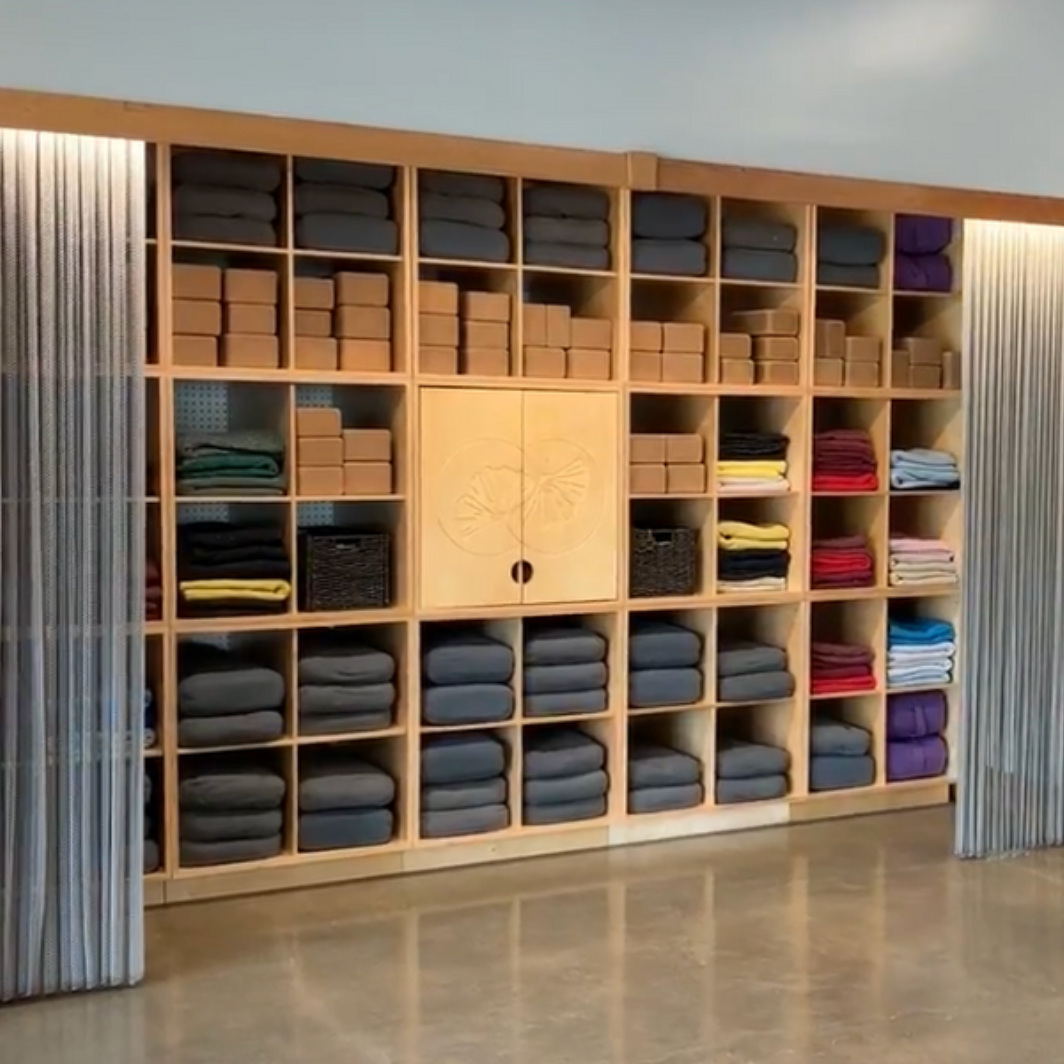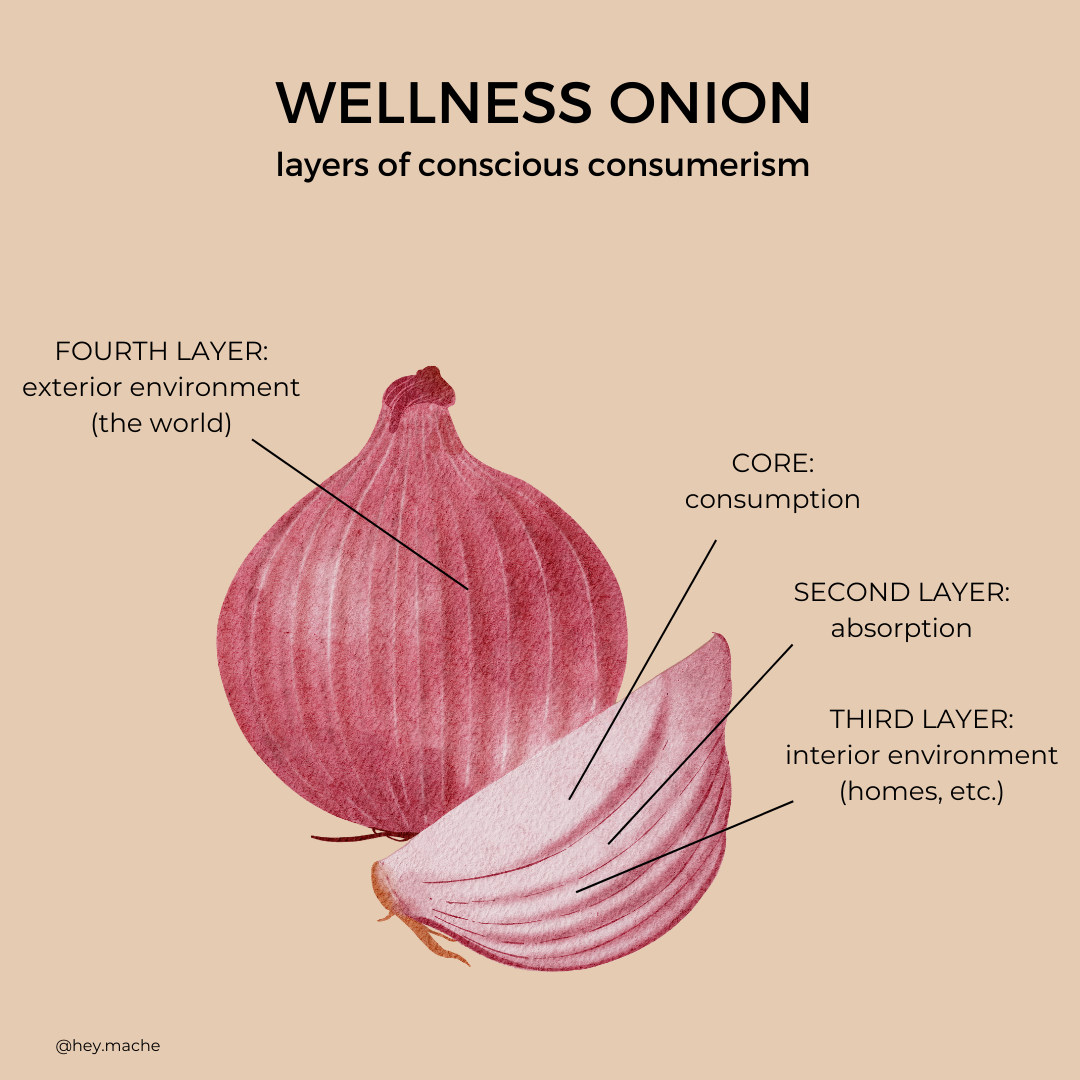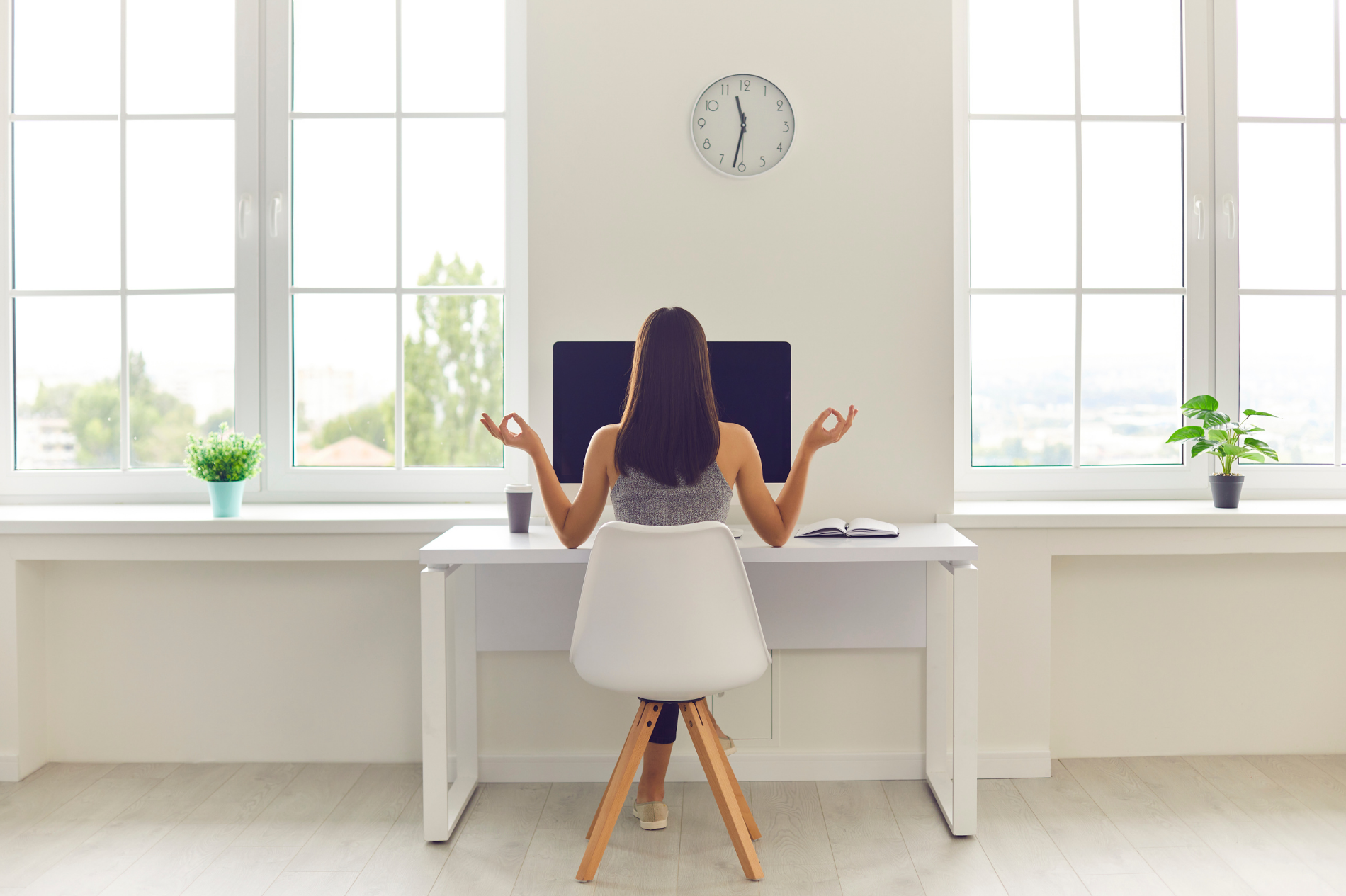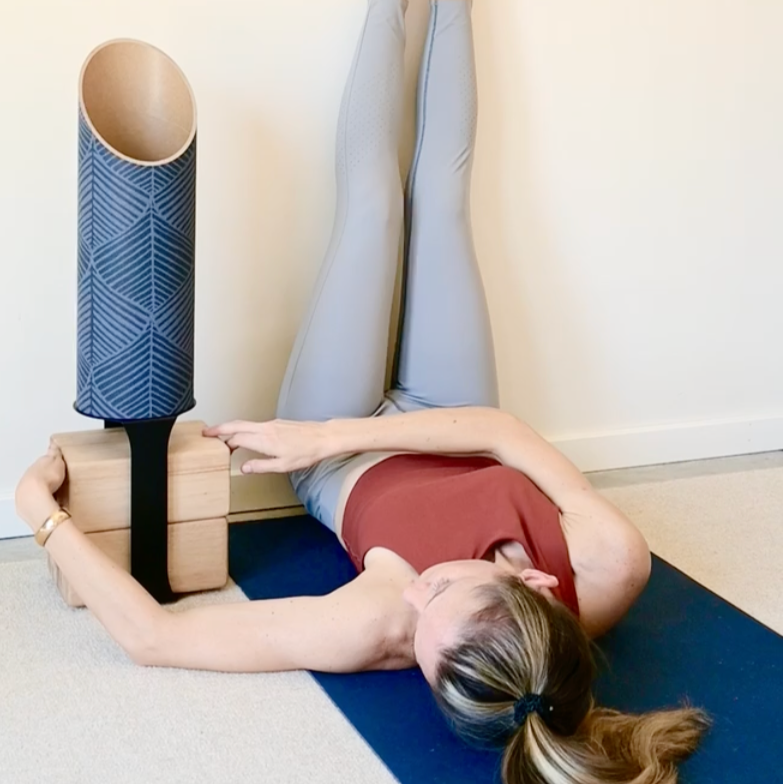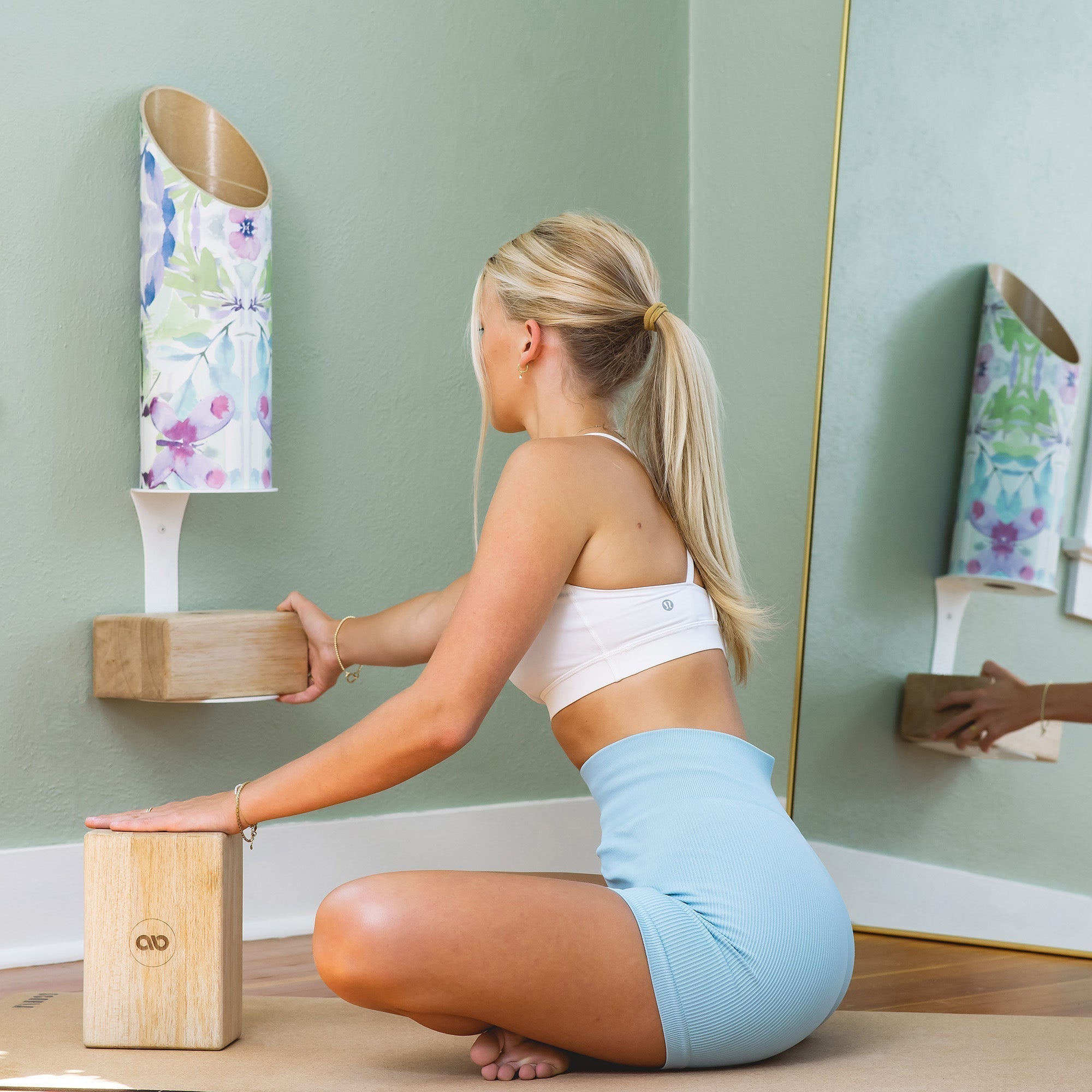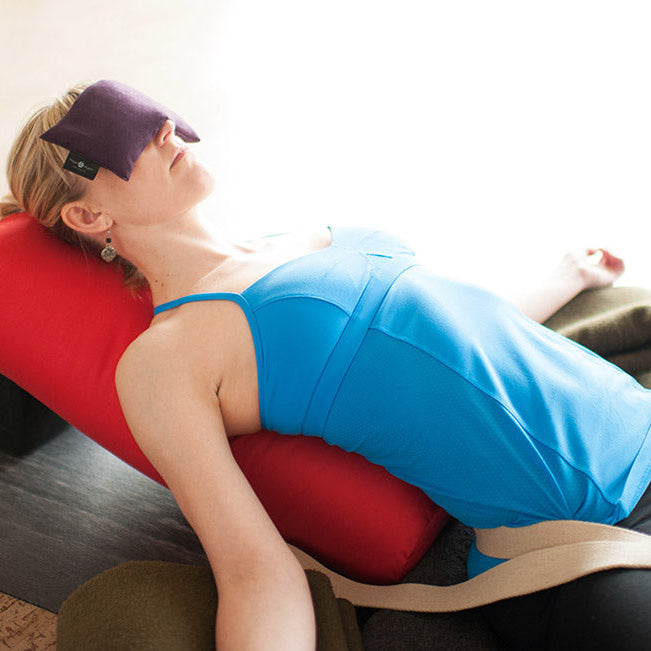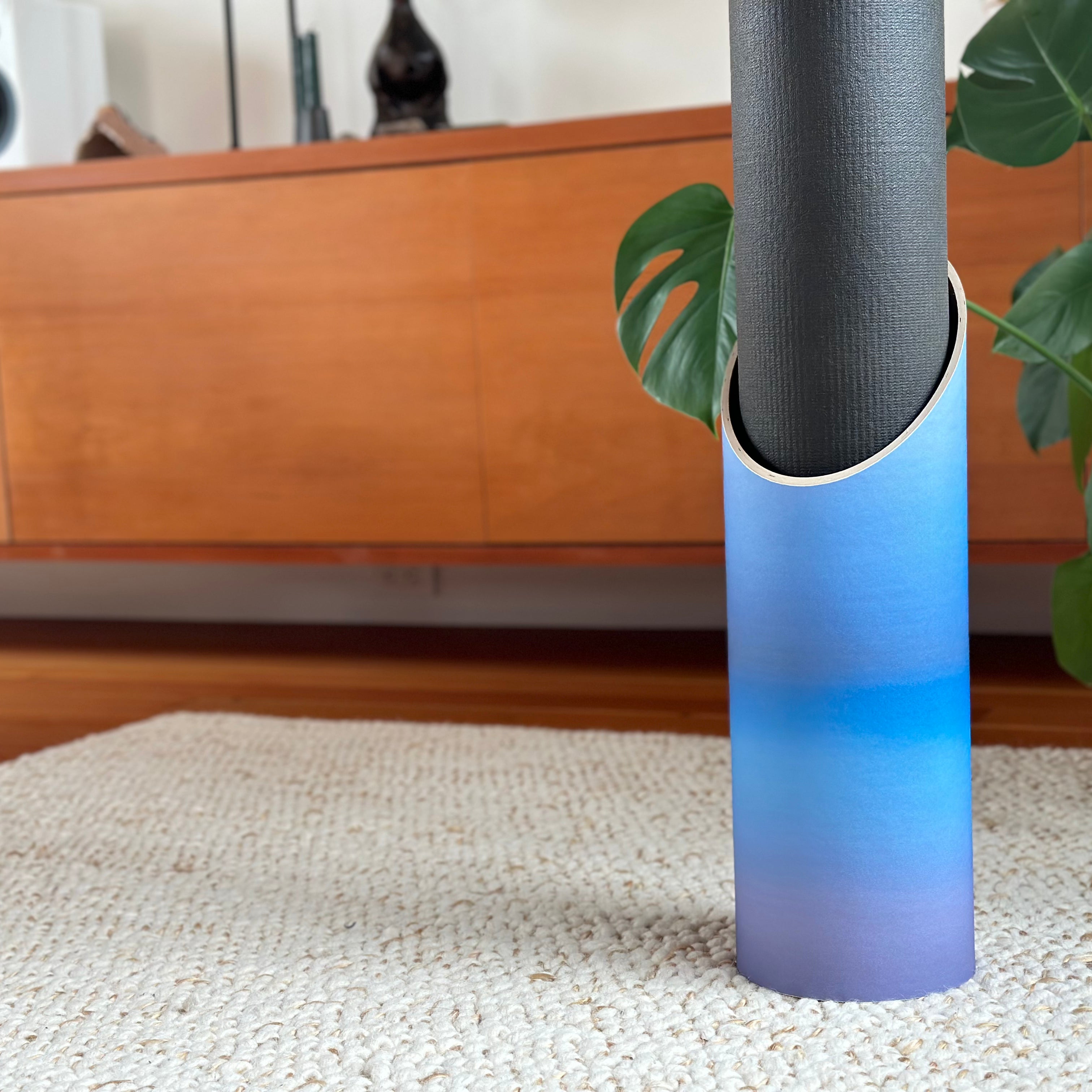In the hustle and bustle of a busy work schedule, prioritizing your mental health may tend to fall by the wayside. Once those deadlines and to-do list tasks start to pile up, they can take over your concerns for anything else. However, supporting your mental health while at work can lead to feeling more balanced, healthy, and ready to tackle whatever the day brings.
The Cost of Stress in the Workplace
All types of workplaces have their sources of stress, from dealing with emotionally charged customers, to managing large and small teams of people, to completing physically strenuous tasks on a repetitive basis.
A quarter to a third of our lives is spent at work, according to health survey findings conducted by Mental Health America. Stress in the workplace is nearly inevitable, and four in five employees report taking that stress home to their relationships with family members and other loved ones.
In the workplace, it’s essential to take stock of your physical and mental health, especially in a high-stress environment. If you often find yourself skipping breaks or eating at your desk to keep working, it’s more likely that the constant strain can end up presenting as stress-related symptoms and behaviors.
We’ve all had those days after work where we just want to de-stress on the couch with a bingeable show, comfort food, or a glass of wine. When we find ourselves struggling to cope with the demands of the workplace, and self-soothe with behaviors or substances that can be unhelpful, that’s when it’s time to pay attention.
High-stress jobs can lead to addiction and other mental health issues. However, mitigating the strain we take on at work can prevent that stress from running away with us. With self-care practices, we create awareness within our bodies so that when we feel overwhelmed at work or anywhere else, we can actively combat stress by mindfully caring for our well-being.
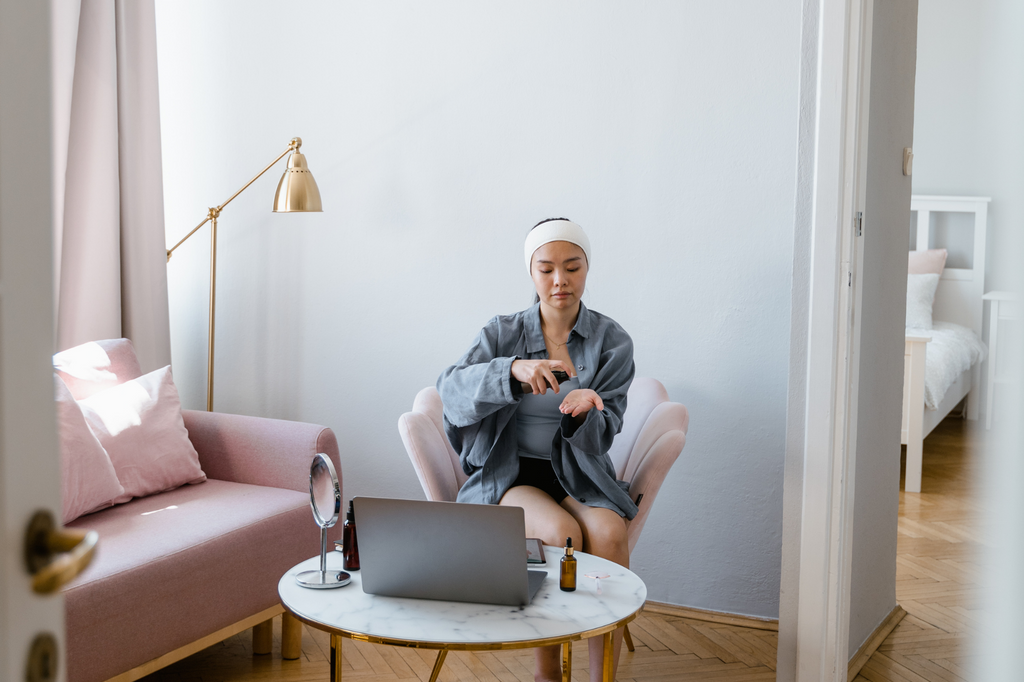
What Is Self-Care?
For those not used to prioritizing their needs over what is asked of them at work, the idea of self-care can seem almost foreign. How do you look inward and ask yourself what you need to stay balanced?
Self-care involves engaging in practices that positively impact our body, mind, and soul. Practicing healthy self-care activities brings wholeness to our lives, helps us reduce our daily stress load, and keeps us in tune with our physical and mental health.
A common misconception surrounding self-care is that it is inherently selfish in nature. This couldn’t be farther from the truth. Because we cannot continue to give to others without first giving to ourselves, engaging in self-care actually helps us put our best foot forward with any life situation that comes up.
Refreshing self-care activities can look like:
- Taking a walk in nature
- Practicing yoga or gentle exercise
- Reading a book
- Eating a nourishing meal/snack
- Booking a massage or facial
- Engaging in a hands-on hobby
- Meditating
Balancing Your Mental Health at Work
Finding the time to practice healthy self-care can be challenging while you’re on the clock. However, maintaining whole-body wellness in the workplace is crucial to keep stressors from building up and potentially escaping into your lifestyle outside of work.
Remember that you don’t have to give up all your favorite self-care practices at work. Modifications can be made to many of these wellness rituals. That way you can prioritize your mental and physical health from anywhere, whether you work in an office, in customer-facing retail, or remotely from home.

Take Breaks Away From Your Desk
No matter where you work, try to make an effort to take your workday breaks off the premises. Leaving your physical work environment, even if it’s your home office, allows your brain to take a rest from staying mentally “on” during those long hours. That much-needed refresher can truly keep your mental and physical health harmonized while you’re on the clock.
During your lunch break, find a spot to enjoy your food in a quiet, comfortable place where you can sit and relax. This can help you decompress from the tasks that need to be done for the day. Also take a moment to be proud of yourself for finishing what you have so far.
During shorter breaks, try to get some fresh air into your system by going on a brisk walk, preferably somewhere with visible greenery. Keeping your physical body active will allow you to stay focused, and being in nature can boost your mood and spiritual health.

Don’t Forget to Stretch
Whether you’re working on your feet or at a desk, your body starts to hold the motions you move through at work as muscle tension. You can prevent body stiffness and potential headaches by stretching that built-up energy out.
Try to store a yoga mat close to your workstation for an easy-to-reach stretching break. Even five minutes can help to get your body out of that sedentary mode from sitting for hours, and restore your body from standing for long periods of time. Don’t have the space for a full-body stretch sesh? There are a number of seated stretches you can do from any kind of chair.
When you’re stretching, don’t forget to focus on your breathing while you move through those poses. Consciously keeping a steady flow of oxygen to your brain while you physically stretch can help slow an anxious heart rate and get your bodily systems regulated and ready for action.

Unplug From Devices
While it may be tempting to default to your smartphone when taking a break from work tasks, this may end up doing more harm than good. Scrolling through social media posts can put your mind through an emotional tailspin. Targeted posts are pushed to your feed, ranging from cute cat videos to inflammatory content meant to get your heart racing.
Not only that, but keeping your eyes glued to a screen can potentially disrupt your hormones and increase eye strain and fatigue. Experiment with alternate ways to decompress on your breaks and save the battery life of those devices and yourself.
Pack a novel you’ve been meaning to read in your work bag for an old-fashioned escape from reality instead. If you’re feeling the itch to reach for your phone, try a fidget-friendly toy instead, like modeling dough or a Rubik’s Cube. If you’re still missing that flow of content, consider listening to a calming podcast as an alternative.
Final Thoughts
Getting through the workday while keeping a cool head doesn’t have to be a difficult process. By setting up a work routine that incorporates your favorite self-care practices, you will start developing healthy habits to help tackle each day head-on, with a fresh and balanced perspective.
Dive deeper into working wellness with our article filled with even more tips to Design your Workspace for Wellbeing with these 3 Transformative Tips


